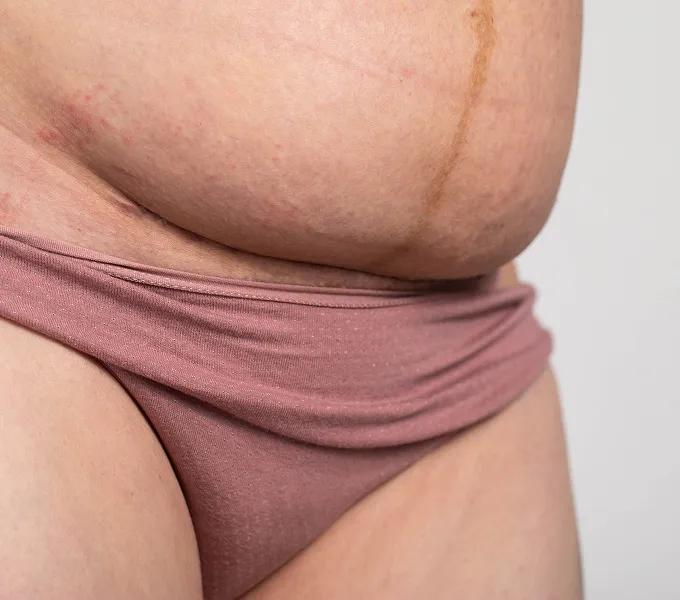
Is It Safe for Me to Try Postpartum Abdominal Binding?
Your body changes dramatically during pregnancy and that change continues into postpartum. For women hoping to regain abdominal function after birth abdominal binding or "belly bands" are often touted as a great solution. Many cultures have a long history of abdominal wrapping in the immediate postpartum period; modern products and programs have popularized the practice and advertise it as a way to correct abdominal separation (diastasis recti) that often occurs postpartum. We acknowledge the wisdom and importance of long-standing traditions, but also recognize that some practices are not right for the majority of postpartum moms.
Is it safe for me to use a postpartum belly band?
With a small number of exceptions, we do not recommend abdominal binding, as it can adversely affect the pelvic floor (and the core in general) and does not show long term efficacy in correcting diastasis. For women following cesarian birth, gentle compression with a Baby Belly Band, snug camisole or high-waisted underwear can be beneficial to reduce soreness and speed healing. However, this compression should be discontinued within the first two months postpartum.
Explaining why this occurs requires an understanding of the “core.” The core is composed of the diaphragm, lumbar muscles, abdominals and pelvic floor, functioning together in one closed system. A good image is one of a soda can – the system is closed, meaning that pressure generated in one location affects other sides of the “can.” If a woman wears an abdominal binder wrapped tightly in the center of the core, it increases pressure upward and downward. The diaphragm is no longer able to expand as far to allow filling of the lungs with air, and pressure is increased downward onto the pelvic floor (the bottom of the can). In most postpartum moms, the pelvic floor is weakened after pregnancy and birth, and many experience urinary incontinence and pelvic organ prolapse. Women with diastasis recti are even more likely to have these symptoms of pelvic floor muscle weakness. If excess downward pressure is generated downward on the pelvic organs (bladder, uterus and rectum), the pelvic floor cannot adequately oppose it.
For a woman who is already experiencing urinary leaking, pelvic or vaginal heaviness, or other symptoms of pelvic organ prolapse, wearing a binder will only worsen those symptoms. For women who are not experiencing those symptoms, they may notice them upon wearing a binder.
What happens
Simply put, wearing an abdominal binder may change the shape of the abdomen and size of an abdominal separation while someone is wearing it, but it does not actively train the abdominals and pelvic floor in relationship to the core as a whole. For long-term recovery and function, exercise and re-education of the core muscles is the most effective treatment. We recommend working with a physical therapists or exercise professional who specialize in postpartum recovery.




